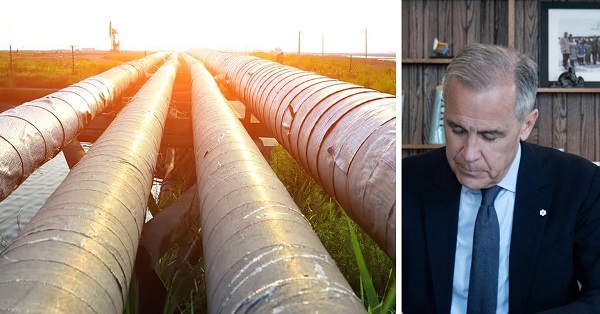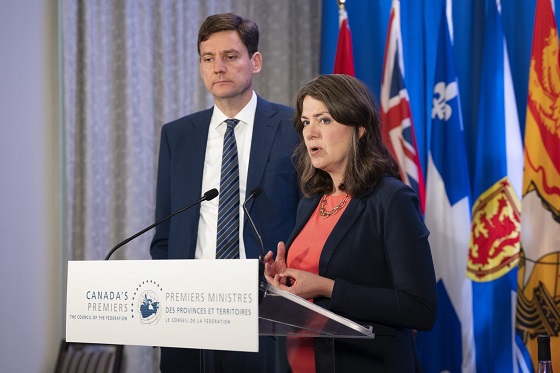Economy
Natural gas key to withstanding winter and Ottawa’s assault

From the Fraser Institute
Mother Nature has reminded everyone that the stakes in the battle to preserve and expand Alberta’s natural gas power production are very high—basically, life or death.
Last week’s polar vortex drove temperatures into record negative territory across western Canada. Nighttime temperatures in Alberta, for example, reached -51 degrees Celsius at Keg River. Without sufficient power for running the heat on high, these are killing temperatures. Demand for electricity in Alberta soared, pushing the power grid toward potential need for rolling blackouts. Only voluntary cutbacks in electricity use by Albertans allowed the system to avoid curtailment.
What did the grid look like last week?
On Jan. 13, according to one report, natural gas generated 80.5 per cent of power on Alberta’s grid followed by coal (7.9 per cent), biomass (2.9 per cent), hydropower (2.5 per cent), solar power (1.3 per cent) and wind (0.99 per cent). But wind and solar’s low combined output was not the major cause of Alberta’s energy crunch last week—two of Alberta’s natural gas power plants were down for maintenance and not generating what they otherwise would have.
And yet, while gas and coal combined produced nearly 90 per cent of Alberta’s life-saving electricity, these fuels remain in the crosshairs of Ottawa and the Trudeau government’s proposal that greenhouse gas (GHG) emissions from electricity production in Canada must decline to “net zero” by 2035.
In the battle over the Trudeau government’s plan, Alberta Premier Danielle Smith argues that Ottawa intends to shut down natural-gas power generation, and because alternatives such as wind and solar power are unaffordable, Alberta will be unable to generate sufficient electricity for Albertans. Meanwhile, federal Environment Minister Steven Guilbeault denies that Ottawa wants to end fossil fuel use and argues that his government’s proposed regulations already allow for natural gas power production, so long as GHG emissions are “mitigated” via carbon capture and storage. Even unmitigated natural gas power would be allowed in emergency situations, according to Guilbeault, who recently accused Premier Smith of “trying to tear Canada down.”
Guilbeault’s argument, however, rests on what he likely knows is a false hope—that carbon capture and storage technology will evolve and be deployed at sufficient speed and capacity to allow Alberta to attain the net-zero emission target by 2035. This is highly unlikely. Carbon capture and storage has many critics including the International Energy Agency (IEA), which recently published a report suggesting that carbon capture and storage is inadequate for capturing carbon dioxide at the scale necessary to reach net-zero emissions by 2035 or beyond. Fatih Birol, executive director of the IEA, threw cold water on the idea, saying the oil and gas industry must help the “world meet its energy needs and climate goals—which means letting go of the illusion that implausibly large amounts of carbon capture are the solution.”
The potential peril of power outages during a polar vortex shows the importance of ensuring that Alberta has a reliable dispatchable electrical generation capacity able to meet even extreme demand. Wind and solar power, favoured under the Trudeau government’s proposed clean electricity regulations, can’t supply that. Premier Smith is right to bank on natural gas generation for Alberta’s future, and she should stand fast. As remaining coal power plants are closed, natural gas will be the foundation of Alberta’s energy stability and it must be defended.
Author:
Business
Canadians love Nordic-style social programs as long as someone else pays for them

This article supplied by Troy Media.
 By Pat Murphy
By Pat Murphy
Generous social programs come with trade-offs. Pretending otherwise is political fiction
Nordic societies fund their own benefits through taxes and cost-sharing. Canadians expect someone to foot the bill
Like Donald Trump, one of my favourite words starts with the letter “T.” But where Trump likes the word “tariff,” my choice is “trade-off.” Virtually everything in life is a trade-off, and we’d all be much better off if we instinctively understood that.
Think about it.
If you yield to the immediate pleasure of spending all your money on whatever catches your fancy, you’ll wind up broke. If you regularly enjoy drinking to excess, be prepared to pay the unpleasant price of hangovers and maybe worse. If you don’t bother to acquire some marketable skill or credential, don’t be surprised if your employment prospects are limited. If you succumb to the allure of fooling around, you may well lose your marriage. And so on.
Failing to understand trade-offs also extends into political life. Take, for instance, the current fashion for anti-capitalist democratic socialism. Pushed to explain their vision, proponents will often make reference to the Nordic countries. But they exhibit little or no understanding of how these societies actually work.
As American economist Deirdre Nansen McCloskey notes, “Sweden is pretty much as ‘capitalistic’ as is the United States. If ‘socialism’ means government ownership of the means of production, which is the classic definition, Sweden never qualified.” The central planning/government ownership model isn’t the Swedish way.
What the Nordics do have, however, is a robust social safety net. And it’s useful to look at how they pay for it.
J.P. Morgan’s Michael Cembalest is a man who knows his way around data. He puts it this way: “Copy the Nordic model if you like, but understand that it entails a lot of capitalism and pro-business policies, a lot of taxation on middle-class spending and wages, minimal reliance on corporate taxation and plenty of co-pays and deductibles in its health care system.”
For instance, take the kind of taxes that are often derided as undesirably regressive—sales taxes, social security taxes and payroll taxes. In Sweden, they account for a whopping 27 per cent of gross domestic product. And some 15 per cent of health expenditures are out of pocket.
Charles Lane—formerly with the Washington Post, now with The Free Press—is another who pulls no punches: “Nordic countries are generous, but they are not stupid. They understand there is no such thing as ‘free’ health care, and that requiring patients to have at least some skin in the game, in the form of cost-sharing, helps contain costs.”
In effect, Nordic societies have made an internal bargain. Ordinary people are prepared to fork over large chunks of their own money in return for a comprehensive social safety net. They’re not expecting the good stuff to come to them without a personal cost.
Scandinavians obviously understand the concept of trade-offs, a dimension that seems to be absent from much of the North American discussion. Instead of Nordic-style pragmatism, spending ideas on this side of the Atlantic are floated on the premise of having someone else pay. And the electorally prized middle class is to be protected at all costs.
In the aftermath of Zohran Mamdami’s New York City win, journalist Kevin Williamson had a sobering reality check: “Class warfare isn’t how they roll in Scandinavia. Oslo is a terrific place to be a billionaire—Copenhagen and Stockholm, too … what’s radically different about the Scandinavians is not how they tax the very high-income but how they tax the middle.”
Taxation propensities aside, Nordic societies are different from the United States and Canada.
Denmark, for instance, is very much a “high-trust” society, defined as a place “where interpersonal trust is relatively high and ethical values are strongly shared.” It’s often been said that it works the way it does because it’s full of Danes, which is broadly true—albeit less so than it was 40 years ago.
Denmark, though, has no interest in multiculturalism as we’ve come to know it. Although governed from the centre-left, there’s no state-sponsored focus on systemic discrimination or diversity representation. Instead, the emphasis is on social cohesion and conformity. If you want to create a society like Denmark, it helps to understand the dynamics that make it work.
Reality intrudes on all sorts of other issues. For example, there’s the way in which public discourse is disfigured on the question of climate change and the need to pursue aggressive net-zero policies.
Asked in the abstract, people are generally favourable, which is then touted as evidence of strong public support. But when subsequently asked how much they’re personally prepared to pay to accomplish these ambitious goals, the answer is often little or nothing.
If there’s one maxim we should be taught from childhood, it’s this: there are no panaceas, only trade-offs.
Troy Media columnist Pat Murphy casts a history buff’s eye at the goings-on in our world. Never cynical – well, perhaps a little bit.
Troy Media empowers Canadian community news outlets by providing independent, insightful analysis and commentary. Our mission is to support local media in helping Canadians stay informed and engaged by delivering reliable content that strengthens community connections and deepens understanding across the country.
Business
Higher carbon taxes in pipeline MOU are a bad deal for taxpayers
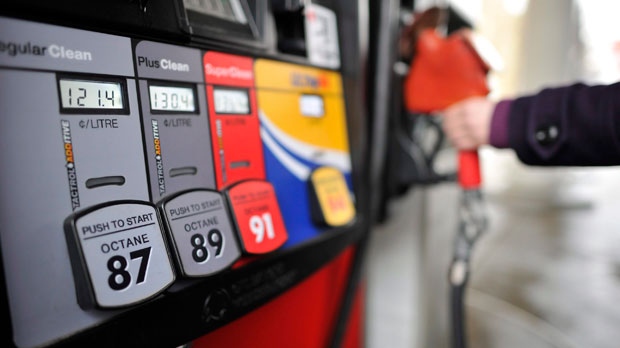
The Canadian Taxpayers Federation is criticizing the Memorandum of Understanding between the federal and Alberta governments for including higher carbon taxes.
“Hidden carbon taxes will make it harder for Canadian businesses to compete and will push Canadian entrepreneurs to shift production south of the border,” said Franco Terrazzano, CTF Federal Director. “Politicians should not be forcing carbon taxes on Canadians with the hope that maybe one day we will get a major project built.
“Politicians should be scrapping all carbon taxes.”
The federal and Alberta governments released a memorandum of understanding. It includes an agreement that the industrial carbon tax “will ramp up to a minimum effective credit price of $130/tonne.”
“It means more than a six times increase in the industrial price on carbon,” Prime Minister Mark Carney said while speaking to the press today.
Carney previously said that by “changing the carbon tax … We are making the large companies pay for everybody.”
A Leger poll shows 70 per cent of Canadians believe businesses pass most or some of the cost of the industrial carbon tax on to consumers. Meanwhile, just nine per cent believe businesses pay most of the cost.
“It doesn’t matter what politicians label their carbon taxes, all carbon taxes make life more expensive and don’t work,” Terrazzano said. “Carbon taxes on refineries make gas more expensive, carbon taxes on utilities make home heating more expensive and carbon taxes on fertilizer plants increase costs for farmers and that makes groceries more expensive.
“The hidden carbon tax on business is the worst of all worlds: Higher prices and fewer Canadian jobs.”
-

 Food20 hours ago
Food20 hours agoCanada Still Serves Up Food Dyes The FDA Has Banned
-
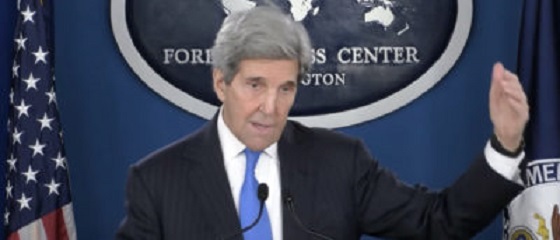
 Daily Caller2 days ago
Daily Caller2 days agoJohn Kerry Lurches Back Onto Global Stage For One Final Gasp
-

 National1 day ago
National1 day agoEco-radical Canadian Cabinet minister resigns after oil deal approved
-

 Addictions20 hours ago
Addictions20 hours agoManitoba Is Doubling Down On A Failed Drug Policy
-

 Alberta20 hours ago
Alberta20 hours agoNet Zero goal is a fundamental flaw in the Ottawa-Alberta MOU
-
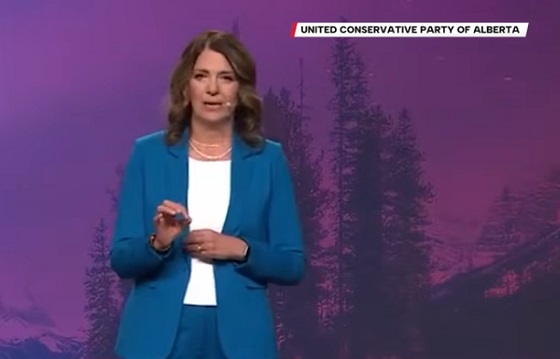
 Alberta15 hours ago
Alberta15 hours agoKeynote address of Premier Danielle Smith at 2025 UCP AGM
-

 COVID-1921 hours ago
COVID-1921 hours agoFDA says COVID shots ‘killed’ at least 10 children, promises new vaccine safeguards
-
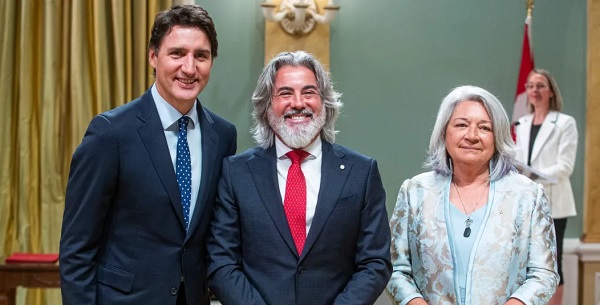
 National2 days ago
National2 days agoAlleged Liberal vote-buying scandal lays bare election vulnerabilities Canada refuses to fix





